I recently made a few sacrifices and tried close to 90 rosé wines in the last couple of months to see what was up with rosé. Most of this sacrifice took place with three other wine writers during an hours-long tasting session, while other parts of the sacrifice took place at the beach (yes roughing it for sure). What was unique about these tasting marathons, other than the sheer volume, is that they were all American rosé wines. Yes, many of us love those pale Provençal rosé wines, but there is so much more to the world of rosé. And while for some, Provençal wines represent the essence of what rosé should be, I’ll respectfully disagree and offer that rosé can express itself in a number of ways. It’s just up to you to decide what your style is or isn’t. Or heck, mix it up as one size rosé does not fit all.
The wines below represent a combination of wines I’d purchased as well as those provided as samples. They also represent ones I felt were worthy of discussion. And I’ll admit that I recently lugged close to three dozen wines with me to the beach, including many rosé wines, to test drive. Somebody’s gotta do it!
2019 Sokol Blosser Estate Rosé of Pinot Noir, Dundee Hills, OR ($25)
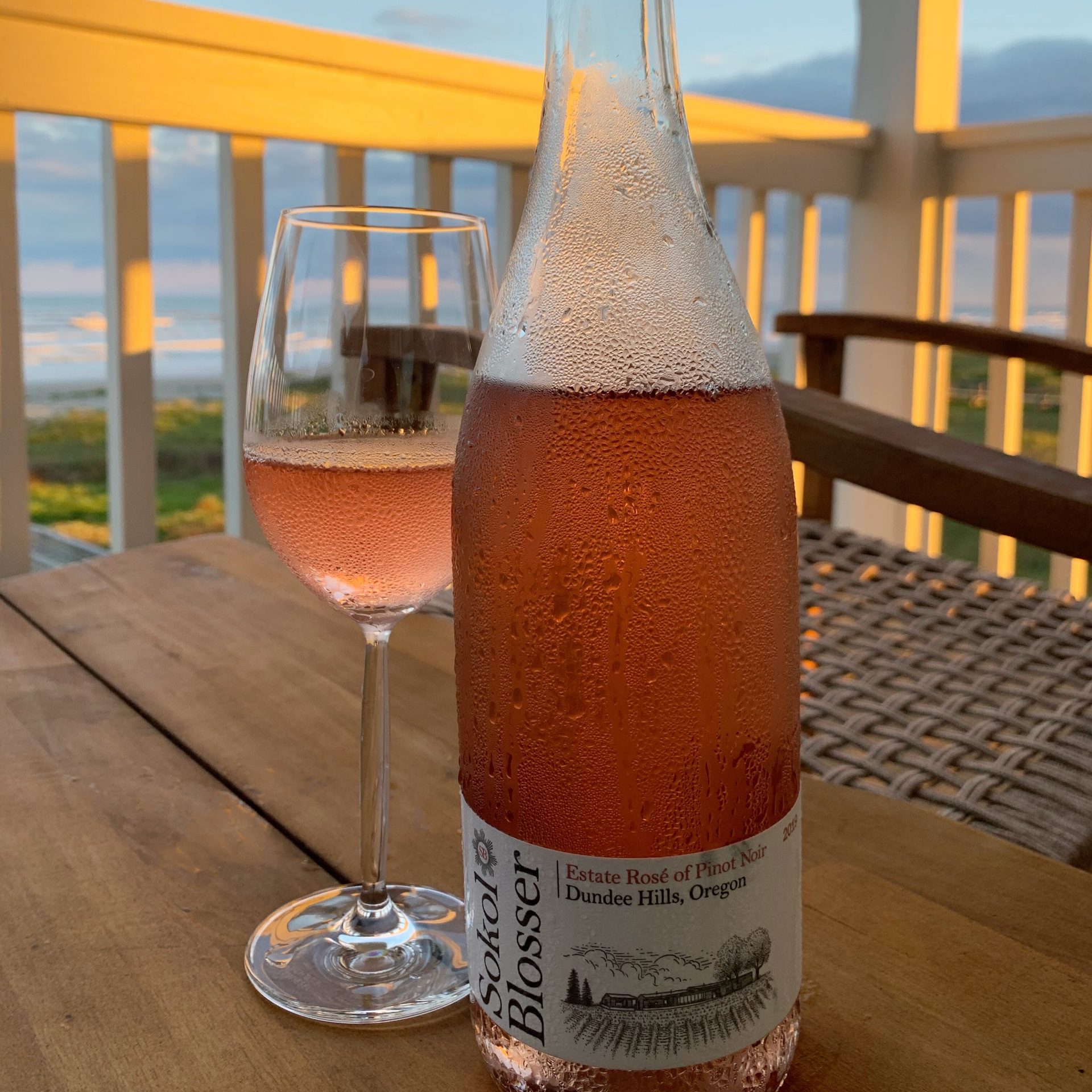
My love of all things Willamette Valley was reignited earlier this year during a trade tasting before the dreaded “rona” reared its ugly head. I’d visited the region several years ago and it was on my list of places to visit this year. But alas, such is life. So taken was I with the event, that I purchased several Willamette Valley wines afterwards, including the Sokol Blosser Sparkling Rosé which blew my mind. This time around I’m trying the still Rosé.
Like a couple others I’ve recently written about, Susan Sokol and Bill Blosser were true pioneers of the Oregon wine industry having planted their first vines back in 1971. And like the region’s other pioneers, they saw the promise of crafting world-class Pinot Noir. Today the family legacy continues with the second generation at the helm, who have instituted a laundry list of “good to the earth” practices across all of their operations.1 And I’m happy to report that the still Rosé was as delightful as its sparkling sibling. Light cotton candy pink in the glass with prominent citrus notes of kumquat and lime along with tart yellow and fresh red plum. There was even some strawberry lurking about. And it had that mouthwatering acidity that I just love in rosé.
2016 Theopolis Vineyards Rosé of Petit Sirah, Yorkville Highlands, Mendocino, CA ($25)
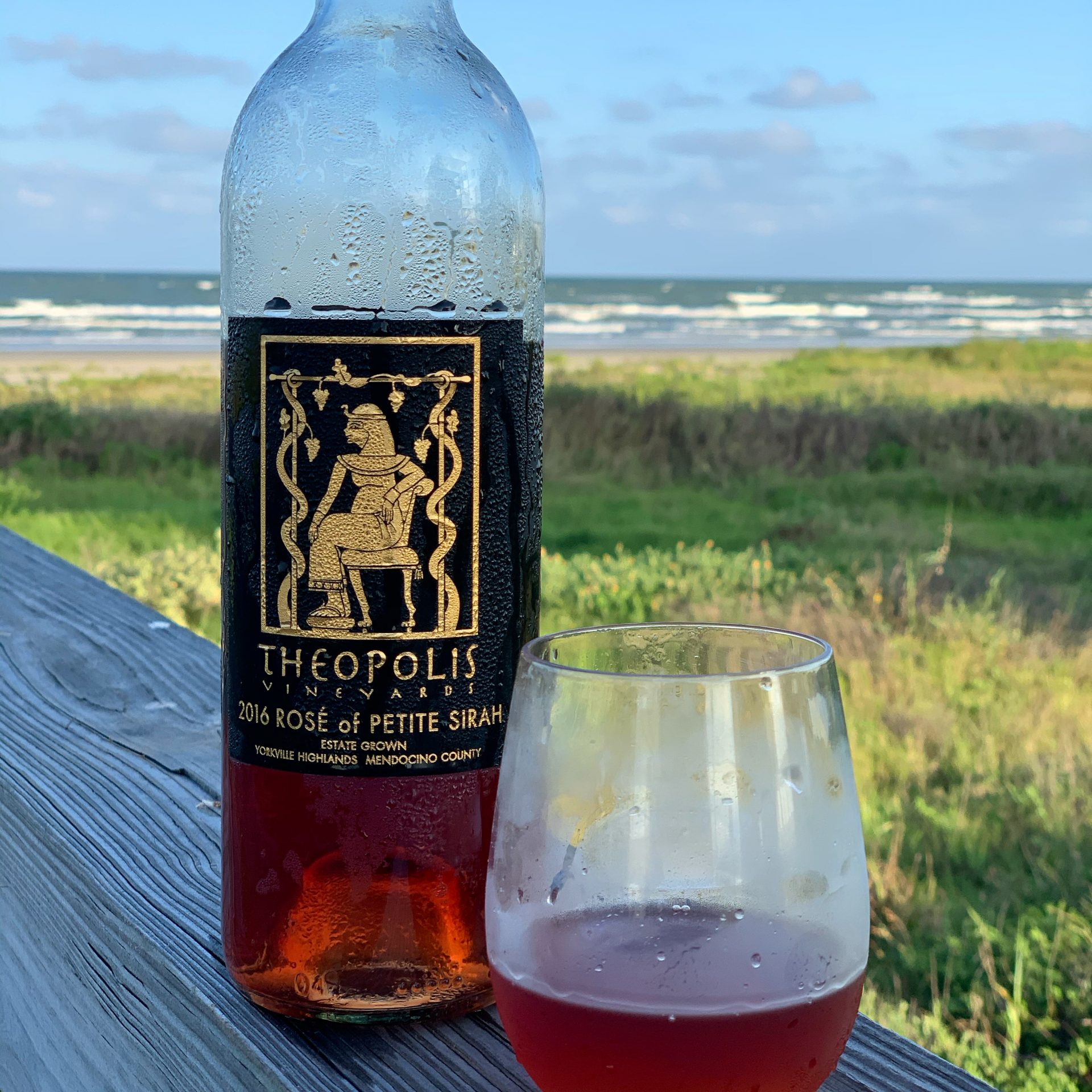
This is certainly one of the darkest hued Rosé wines I’ve ever had. I initially thought this was produced via the Saignée Method2 but learned that it is a direct press, aka “intentionally made” Rosé. The dark pink certainly gives those Tavel Rosés a run for their money! Theopolis Vineyards is the namesake winery of Thepoatra Lee, who I’ve previously discussed on this blog. I have much in common with this fabulous lady of wine – she’s originally from Texas, is an attorney, is African-American, and loves wine. She may be the soul mate I didn’t realize I had out there!
A translucent garnet in the glass, the wine had quite the intense nose and rich, macerated fruit flavors which makes it dangerously quaffable. The typical intense Petit Sirah fruit comes through in the wine and the palate drips of mixed red berry preserves along with some faint floral notes. If you’re into delicate Provençal Rosé, this is not the Rosé for you. If you’re into a bolder, fruitier Rosé with a little less acid, this is for you. And if you only think you like big Napa Cab and couldn’t be bothered with Rosé, give this one a whirl. This may be the one that gets you into the pink stuff. And given its heft and bold flavors, this could easily take on some heartier fare.
2018 Ron Yates Grenache Rosé, Farmhouse Vineyards, Texas High Plains ($25)
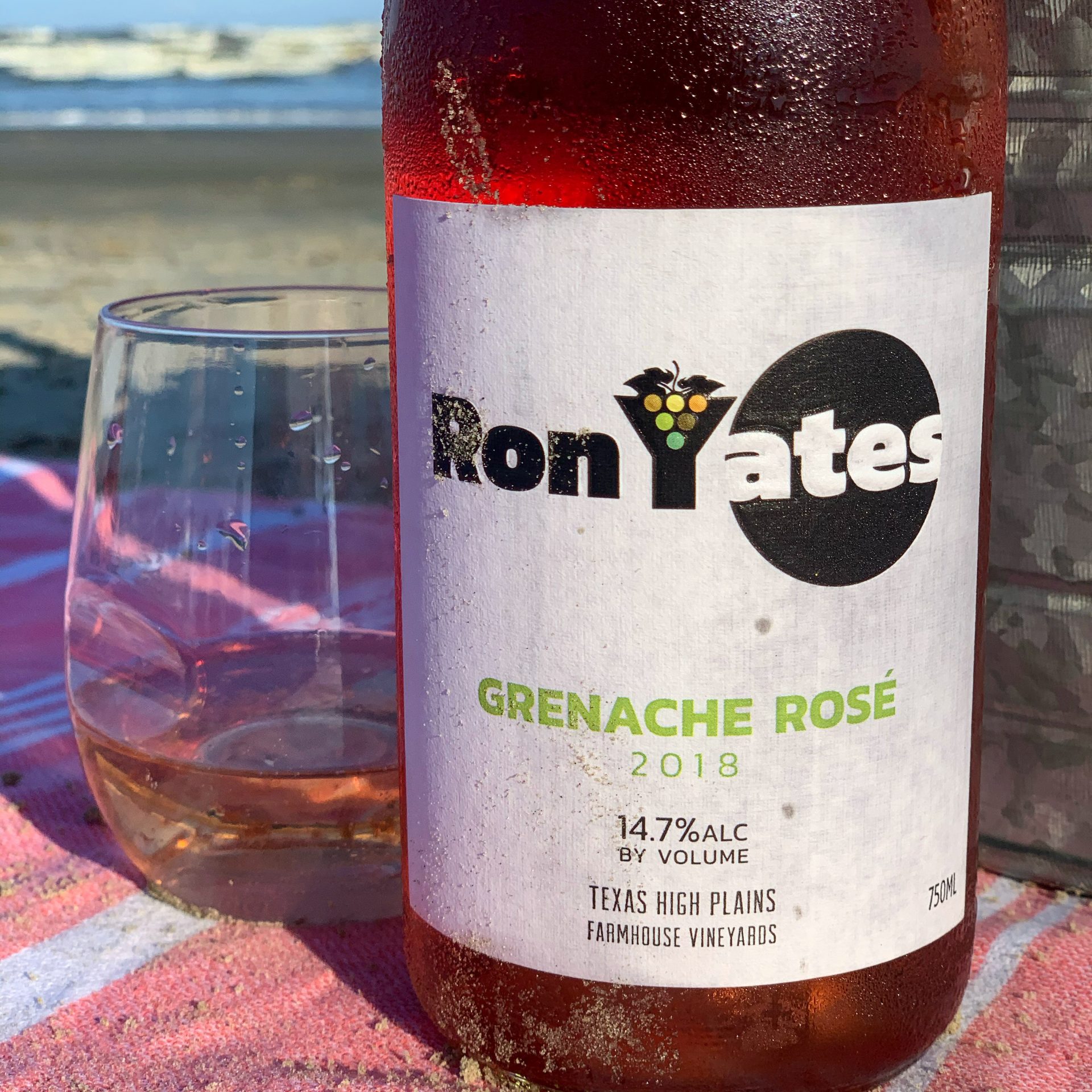
If anyone knows about summer heat, it’s Texans. So you can bet that Texas winemakers know a thing or two about crafting rosé wines to beat the scorching heat. For seven generations the Yates family has worked the land in Texas and are known for crafting wines made from Spanish varietals. And not only does Ron Yates craft rosé, they craft several different ones that each offer a unique perspective of the pink summer liquid.
Like the Theopolis rosé, this one is a deeper hue of pink and falls on the bolder and weightier end of the rosé spectrum. Mango, melon, lush mixed berries, and a touch of cream make for an easy drinking sipper that can go the way of the beach or hold its own next to some Texas BBQ. Cause Texans are also great at BBQ. Sorry not sorry – it’s the best BBQ around.
2018 Casa Smith ViNO Rosé, Columbia Valley, WA ($14)
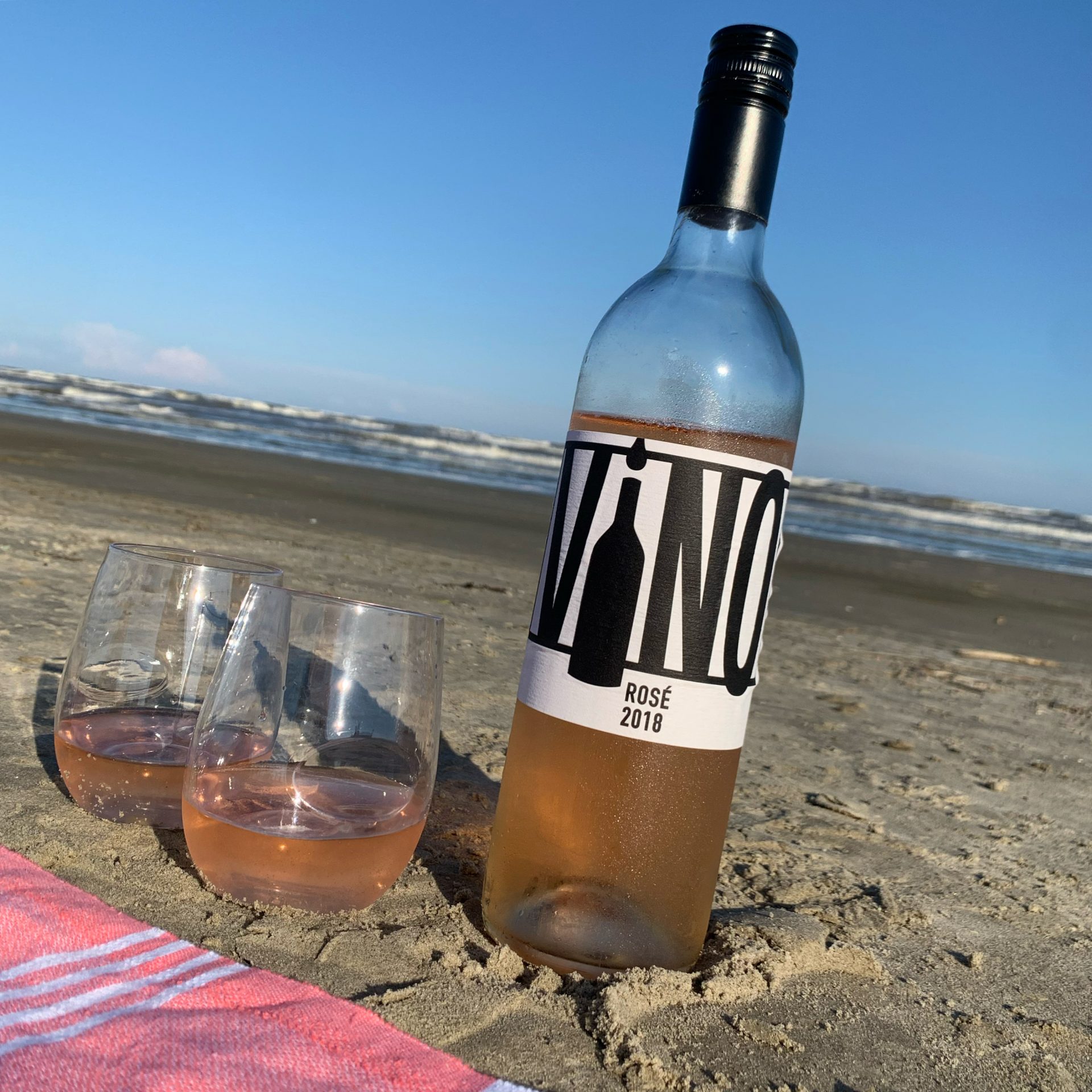
All hail the screw cap when I’m trying to get my drank on while lounging at the beach! The ViNO line was created by iconic winemaker Charles Smith a decade ago and was inspired by classic Italian wine varietals. Charles Smith is the creative force behind popular lines including K Vintners, Charles & Charles, ViNO CasaSmith, SIXTO and Substance. He was also the creator of ‘Charles Smith Wines’ which included a collection of five wines —Kung Fu Girl Riesling, Eve Chardonnay, Chateau Smith Cabernet Sauvignon, The Velvet Devil Merlot and Boom Boom! Syrah—before selling the label to Constellation Brands back in 2016.
Keeping true the vision of producing Italian varietals, this rosé is crafted of 100% Sangiovese. Wasn’t I just talking about Sangiovese last week? Priced around what I prefer to pay for rosé, these hand crafted wines offer amazing value and are damn good to boot. A gorgeous pale pink in the glass, it offers up juicy strawberry and watermelon with a touch of herbaceousness. Juicy, refreshing, and great to throwback on the beach or in the pool.
2019 Anarchist Wine Co. Rosé Against the Machine, Clarksburg, CA ($24)
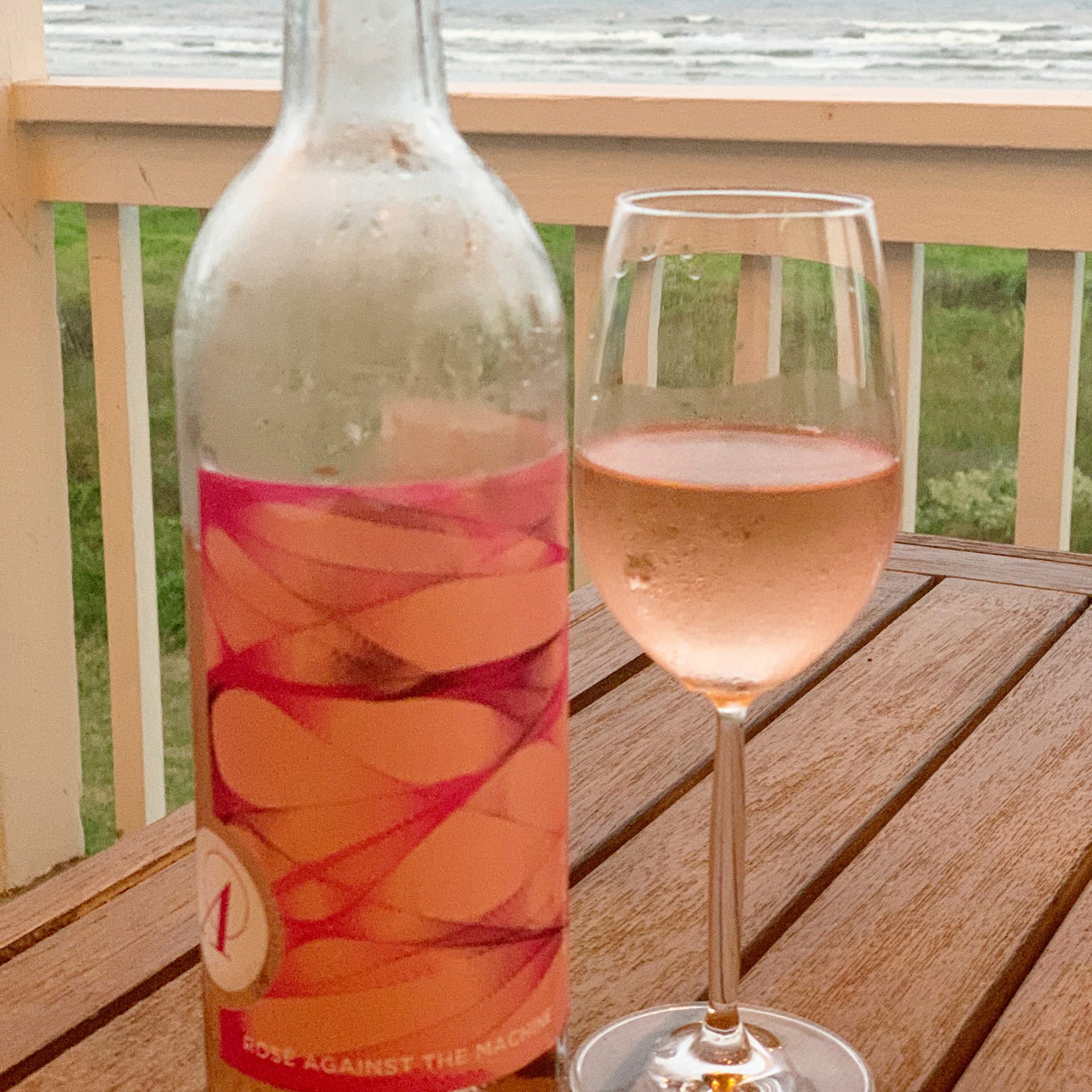
The name alone pulls you in. Well, at least it did me. I may be dating myself, but this of course made me think of the band ‘Rage Against the Machine.’ Anyone? The band’s “Killing in the Name” was apropos of the state of the world back in the day and still is today. In a similar vein, the folks at Anarchist chart their own path and are known for their unconventional blends that go against the grain and challenge the status quo. My kind of folks! Crafted of 84% Tempranillo, 15% Mourvèdre, and 1% Pinot Noir, it is a bone dry Rosé with clean, crisp acidity. A light watermelon pink in the glass, it offers up orange cream, raspberry preserves, and a touch of lemon. A very nice effort.
And if you’re curious about the label, the folks at Anarchist have a story for their series of award-winning wine labels. In their words —> “The art form displayed, called “Generative Art,” incorporates data from people and places that capture the inspiration for each wine in the series. Rosé Against the Machine’s label art incorporates data from the lives of beatniks, singers, writers, and activists who refuse to accept top-down restrictive thinking, and employs an algorithm to reveal that data as art.“ Well there you have it.
More American Rosé
And if you’re looking for a seriously deep dive into more American Rosé wines (74 to be exact!) check out The Drunken Cyclist’s article here. This is the aforementioned marathon tasting session. I, as well as two other wine writers, helped Jeff of the The Drunken Cyclist blind taste a host of American Rosé wines.
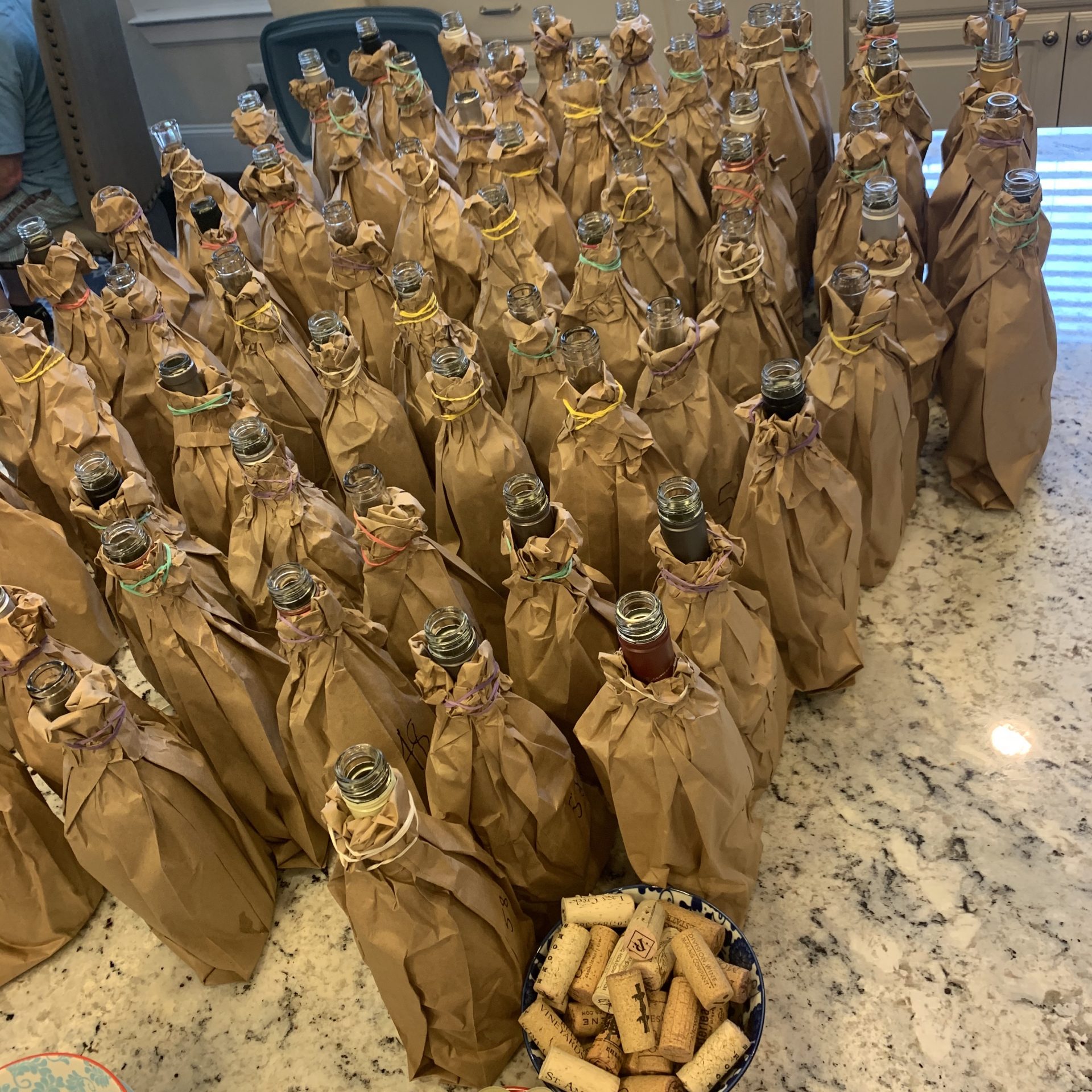
Not for the faint of heart! A few of my faves from that tasting included…
▪️2019 Oak Farm Vineyards Estate Grown, Lodi, CA;
▪️2019 Ehlers Estate Cabernet Franc Sylviane St. Helena, CA;
▪️2019 McCay Cellars Carignane Rosé, Lodi, CA;
▪️2018 Rodney Strong Pinot Noir Rosé, Sonoma County, CA
▪️2019 Troon Vineyard Kubli Bench Rosé, Applegate Valley, OR
▪️2019 Erath Pinot Noir Rosé, Oregon
Cheers to the pink stuff!
- Some efforts include attaining USDA organic certification for the vineyards, use of biodiesel in tractors and vineyard trucks, becoming the first winery facility in the US to earn the LEED certification, using solar power for their tasting room, and on and on.
- There are 3 ways to make Rosé. First, you can simply mix in some red wine with white, but this is primarily done with champagne. Second, and this is the most common method, is the direct press / skin contact method, where the grapes are gently crushed and the skins remain in contact with the juice for a few hours to a few days before being removed. Finally, there is the Saignée Method that involves pouring or “bleeding” off a portion of red wine juice after it’s been in contact with the skins and seeds.This is usually done to make a more concentrated red wine. And while it’s a legit style of rosé, it is not without its detractors as many argue it’s simply a byproduct of red wine making.

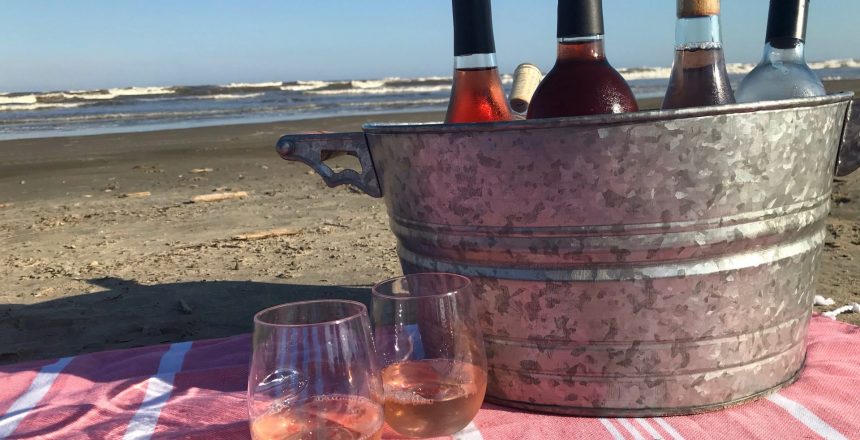
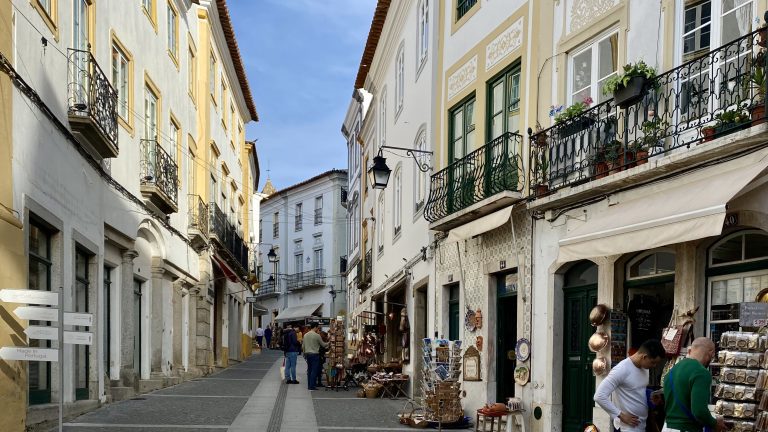
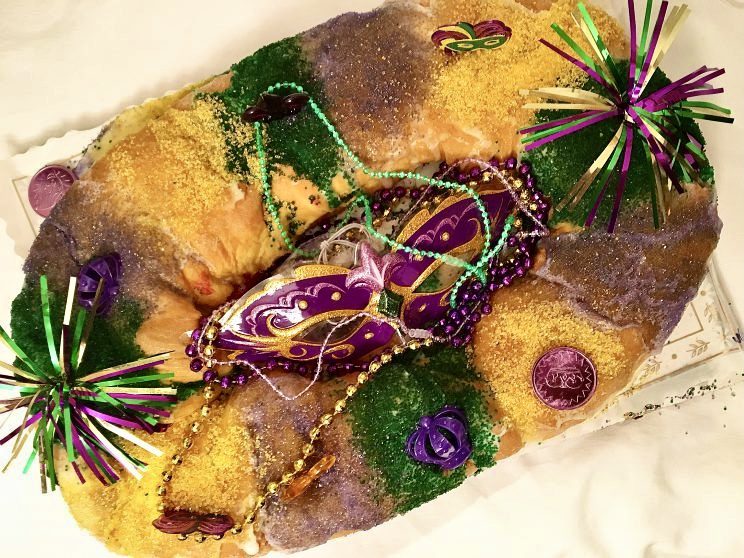
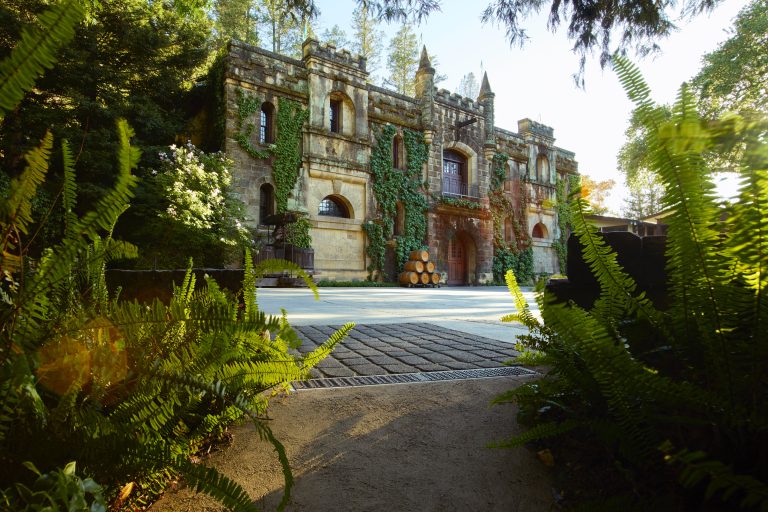

2 Comments
Misty
•4 years ago
What a rosé marathon! Of course I thought of Rage Against the Machine with that name! I’ll have to seek out some of your favorites, including Theopolis. Cheers, sounds like a fun (and palate fatiguing;) tasting.
Kat
•4 years ago
It was indeed a marathon. But we made it!